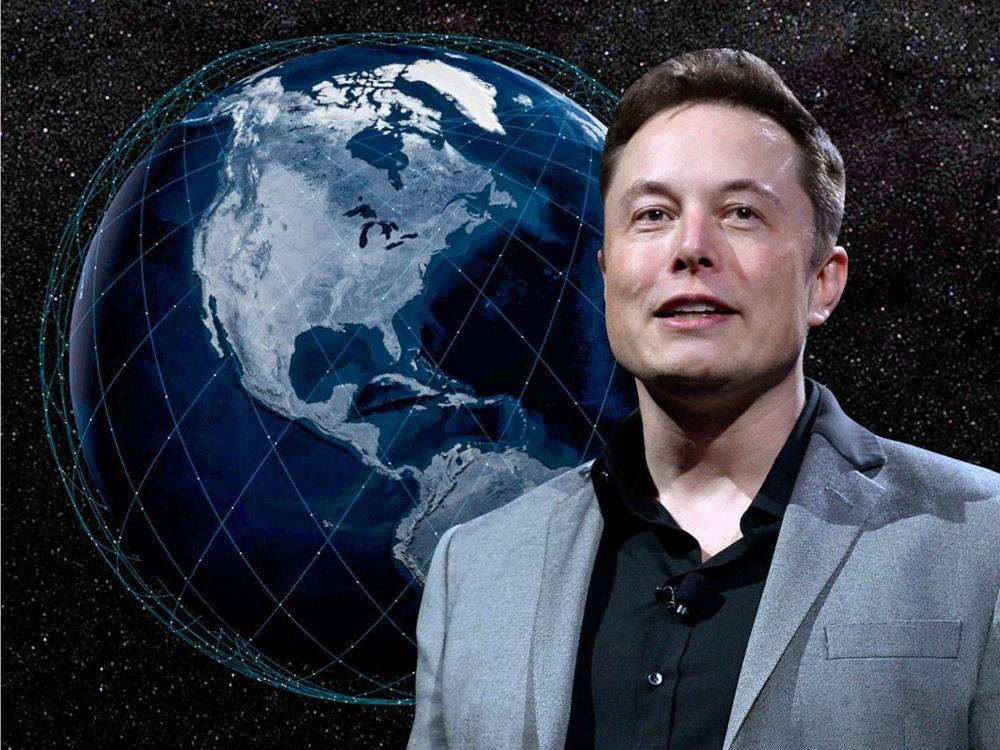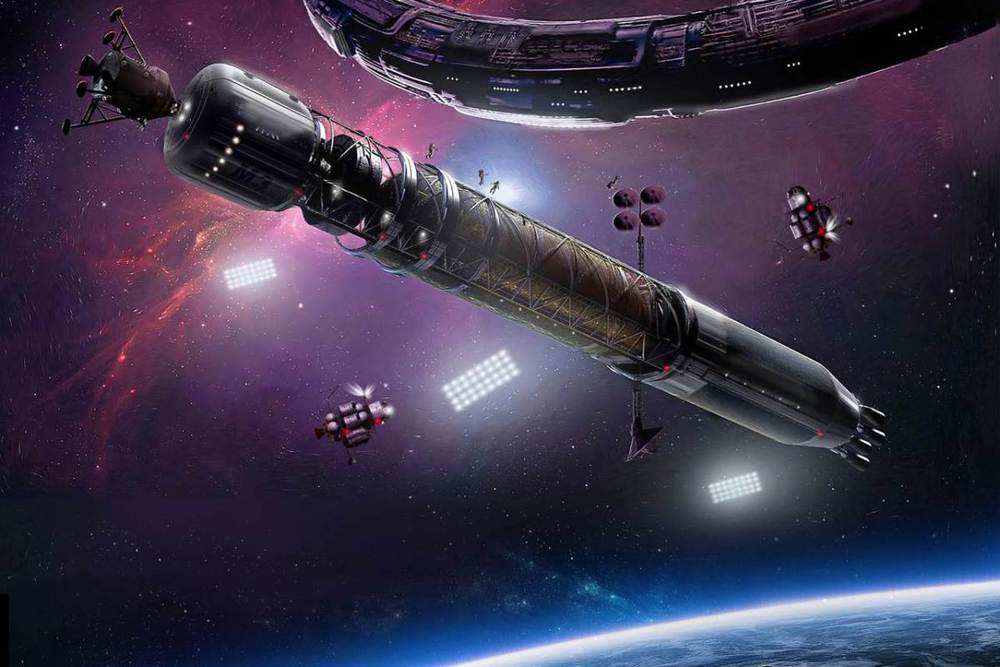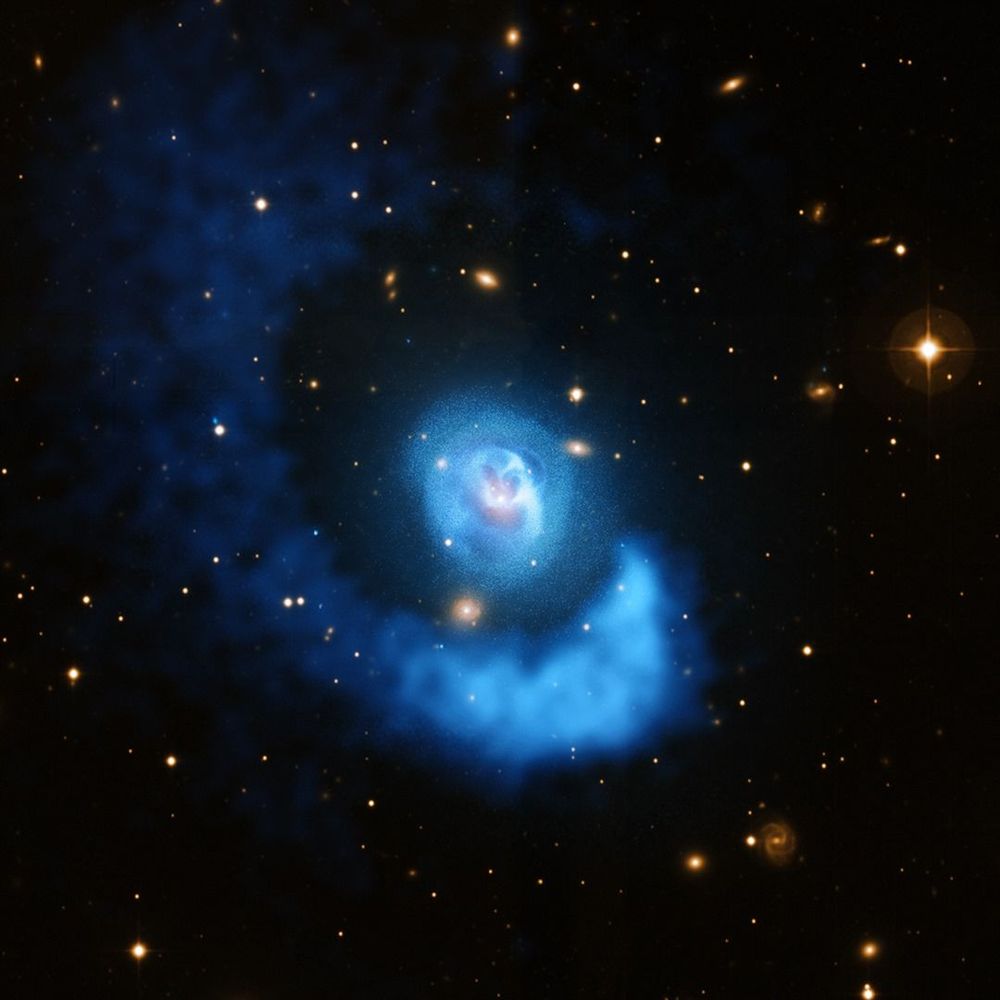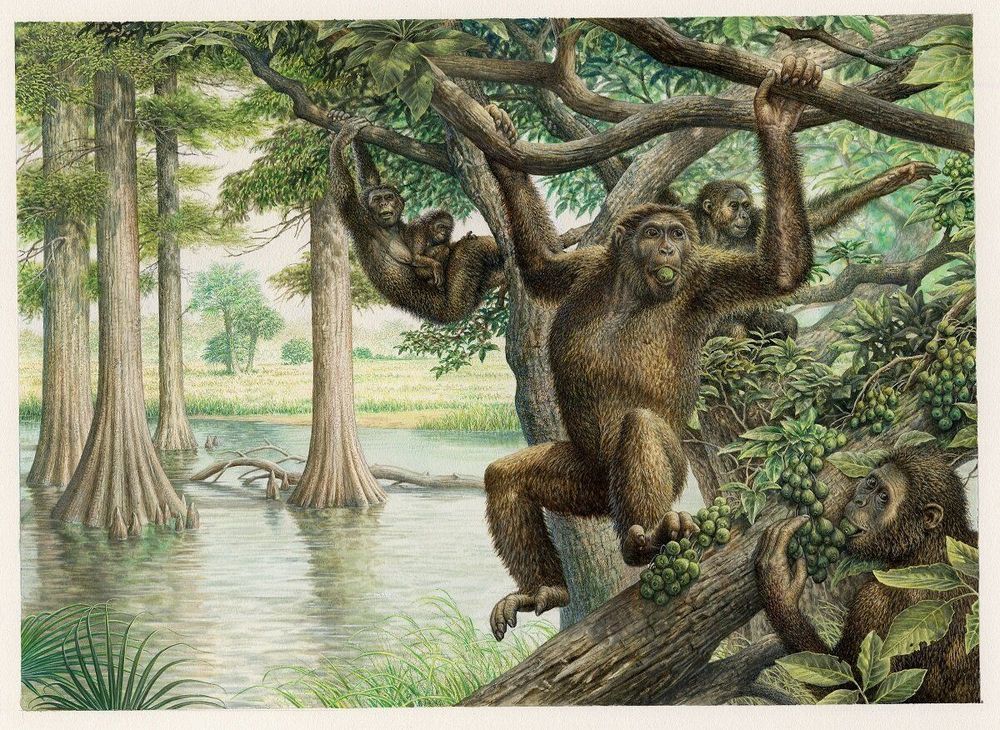Financial analysts are looking at Elon Musk’s plans to surround Earth with thousands of high-speed internet satellites — and they see a lot of green.


Downloading your brain may seem like science fiction, but some neuroscientists think it’s not only possible, but that we’ve already started down a path to one day make it a reality. So, how close are we to downloading a human brain?
How Close Are We to Fusion Energy? — https://youtu.be/ZW_YCWLyv6A
We’ve Put a Worm’s Mind in a Lego Robot’s Body
https://www.smithsonianmag.com/smart-news/weve-put-worms-min…399/?no-is
“A wheeled Lego robot may not look like a worm, but it ‘thinks’ like one after programmers gave it the neuron connections in a C. elegans roundworm”
Crumb of Mouse Brain Reconstructed in Full Detail
https://www.nature.com/news/crumb-of-mouse-brain-reconstruct…il-1.18105
“The resulting three-dimensional map is the first complete reconstruction of a piece of tissue in the mammalian neocortex, the most recently evolved region of the brain.”
The Immortalist: Uploading the Mind to a Computer
https://www.bbc.com/news/magazine-35786771
“Within the next 30 years,” promises Dmitry Itskov, “I am going to make sure that we can all live forever.”
____________________

Astronomers have detected the most massive neutron star ever, and it almost shouldn’t even exist.
Neutron stars are the smallest in the universe, with a diameter comparable to the size of a city like Chicago or Atlanta. They are the leftover remnants of supernovae. But they are incredibly dense, with masses bigger than that of our sun. So think of the sun, compressed into a major city.
In the case of the newly detected neutron star, dubbed J0740+6620, it’s 333,000 times the mass of the Earth and 2.17 times the mass of the sun. But the star is only about 15 miles across. It’s 4,600 light-years from Earth.

Self-driving vehicles will lead to a rise in car sex, according to a new study.
People will be more likely to eat, sleep and engage in on-the-road hanky-panky when robot cars become the new normal, according to research published in the most recent issue of the journal Annals of Tourism Research.
“People will be sleeping in their vehicles, which has implications for roadside hotels. And people may be eating in vehicles that function as restaurant pods,” Scott Cohen, who led the study, told Fast Company magazine.

A RUSSIAN billionaire is bankrolling a bonkers project to build the world’s first country based entirely in space.
The nation of Asgardia plans to send millions of Earthlings up to live on giant orbiting space arks to escape the chaos as humanity “wipes itself out” in the coming decades.
The Sci-Fi community has its own flag and national anthem, and nearly 300,000 people have signed up to become citizens online.

Like wine in a glass, huge clouds of hot gas are sloshing back and forth in a cluster of galaxies about 480 million light years from Earth! Sloshing motions, like those seen here in Abell 2052, redistribute elements forged in supernova explosions such as iron and oxygen!
Want to learn more? https://s.si.edu/2mkQuwt

SpaceX is making progress assembling its Starship orbital spacecraft prototype, as seen in new photos shared by SpaceX CEO Elon Musk. This full-scale testing version of the Starship will take over for the StarHopper, which was a scaled-down version used to test the Raptor engine initially with low-altitude “hop” flights.
The Starship Mk I Prototype and Mk II prototypes, which are under construction simultaneously at SpaceX facilities in South Texas and Florida, will be used to test flights at higher altitudes and higher speeds, and will use as many as three to six Raptor engines simultaneously, versus the single engine used with the StarHopper.

Near an old mining town in Central Europe, known for its picturesque turquoise-blue quarry water, lay Rudapithecus. For 10 million years, the fossilized ape waited in Rudabánya, Hungary, to add its story to the origins of how humans evolved.
What Rudabánya yielded was a pelvis—among the most informative bones of a skeleton, but one that is rarely preserved. An international research team led by Carol Ward at the University of Missouri analyzed this new pelvis and discovered that human bipedalism—or the ability for people to move on two legs—might possibly have deeper ancestral origins than previously thought.
The Rudapithecus pelvis was discovered by David Begun, a professor of anthropology at the University of Toronto who invited Ward to collaborate with him to study this fossil. Begun’s work on limb bones, jaws and teeth has shown that Rudapithecus was a relative of modern African apes and humans, a surprise given its location in Europe. But information on its posture and locomotion has been limited, so the discovery of a pelvis is important.

